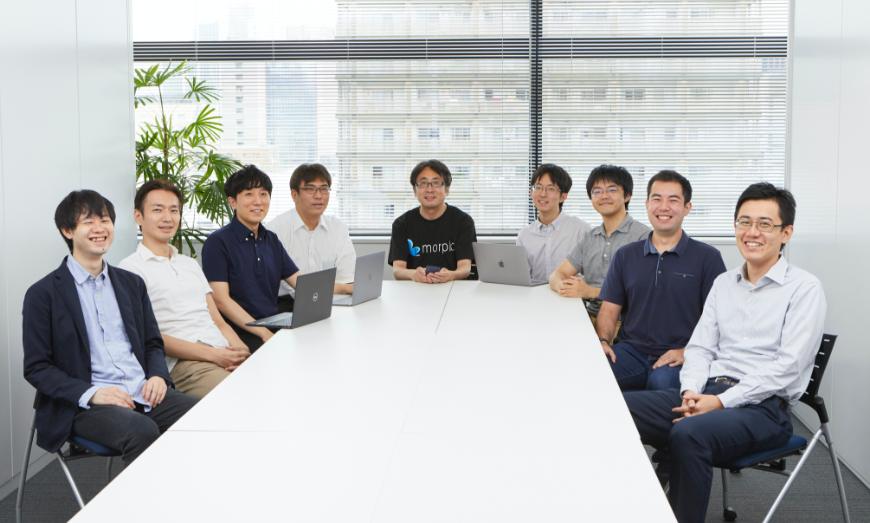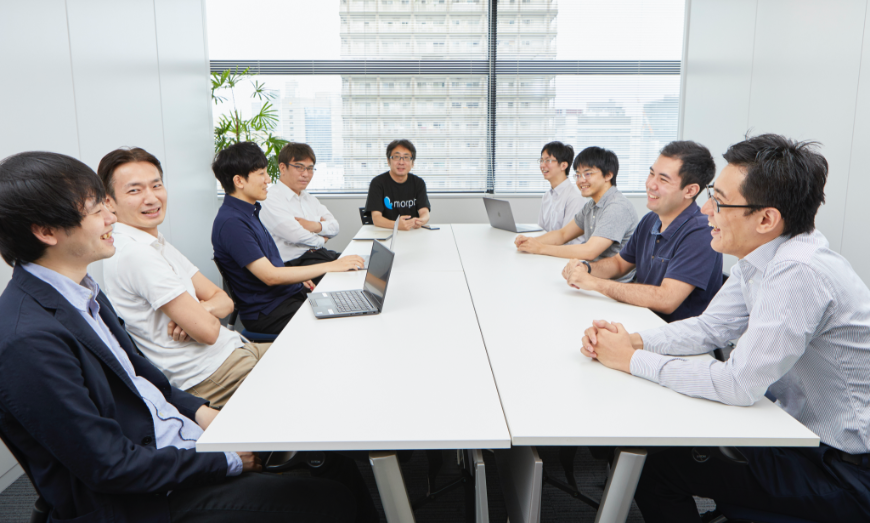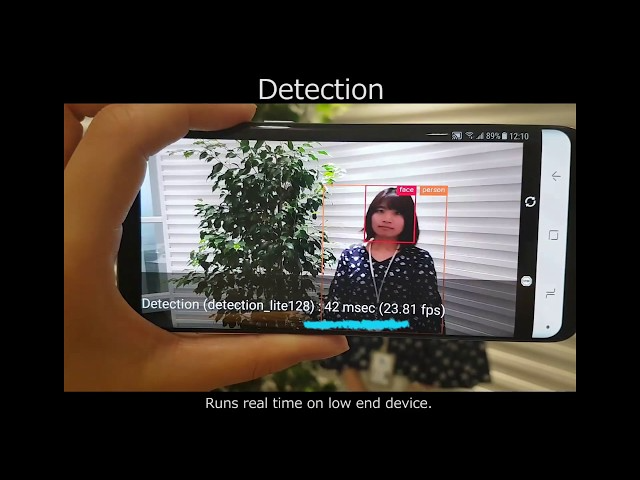Company
IR
Fast AI Inference Engine “SoftNeuro®”

"SoftNeuro®" operates in multiple environments, utilizing learning results that have been obtained through a variety of deep learning frameworks.
During this roundtable, the development team discussed the development history and possible future directions.


SoftNeuro®
Fast AI Inference Engine
“SoftNeuro®” is one of the world’s fastest deep learning inference engines. It operates in multiple environments, utilizing learning results that have been obtained through a variety of deep learning frameworks.